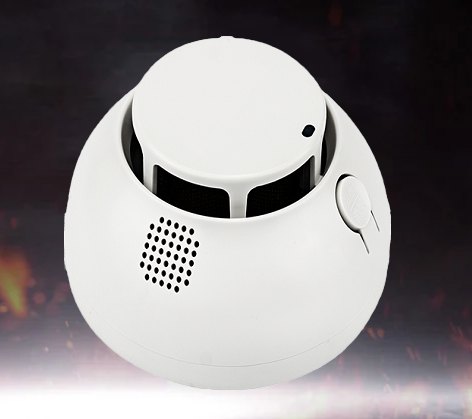Copyright © 2021 TANDA Development Pte. Ltd. All rights reserved.Privacy Policy.Site MapDesigned by

Fire alarm systems are essential for the protection of life and property and are a legal requirement under the Regulatory Reform (Fire Safety) Order 2005 in most non-domestic premises where people work or visit, such as offices, shops, hotels, public venues, and in almost all new buildings under the 2010 Building Regulations.
By law, employers and/or building owners or occupiers must carry out, and keep updated, a fire safety risk assessment. Based on the findings of this assessment, they must ensure that adequate and appropriate fire safety measures, including fire detectors and alarms, are in place to minimize the risk of injury or loss of life in the event of a fire. Guidance on the design, installation and maintenance of fire alarm systems can be obtained from code of practice BS:5839.
Just as you may already know, the wide choice of fire alarm systems available is broadly divided into “conventional” fire alarm systems and analogue addressable “intelligent” systems.
Each type of these wireless fire alarm systems are best suited to different kinds of premises. They may be also divided into categories depending on whether they are automatic or manual, but whichever way you look at them, they are all designed to do one thing - to protect lives and properties.
Analogue-addressable fire alarm systems give details on individual detectors, whereas conventional systems only give information about specific circuits or zones.
Addressable or “intelligent” fire alarm systems are designed for large commercial premises and more complex networked systems, since they are much more expensive and more complicated than conventional two- or four-wire systems, having increased flexibility, intelligence, speed of identification, and scope of control.
In addressable systems, different types of initiating devices are wired in one or more single loops around the premises, requiring less cabling than conventional systems, with each detector or call point having its own unique address.

Also designed for smaller operations, two-wire fire alarm systems are based on standard conventional system technology, but in a two-wire system, the detectors, call points and alarm devices for each zone are wired on the same set of two-core zone cables back to the control panel, enabling it to use a single circuit per zone both for detection and to power the sounders or sirens.
Although two-wire systems cost more to purchase than four-wire systems, they are quicker, more flexible and less expensive to install. Two-wire systems also provide more flexibility in operation, and have additional functionality, such as fault conditions, isolation, and detector recognition.
Are you thinking of the best manufacture of high quality fire alarm systems to work with? If yes, is your response, then we can help you have a seamless experience navigating the choice of a wireless fire alarm system for your office, home and other facilities.
To learn more about our products and services, kindly click here to reach out to us.